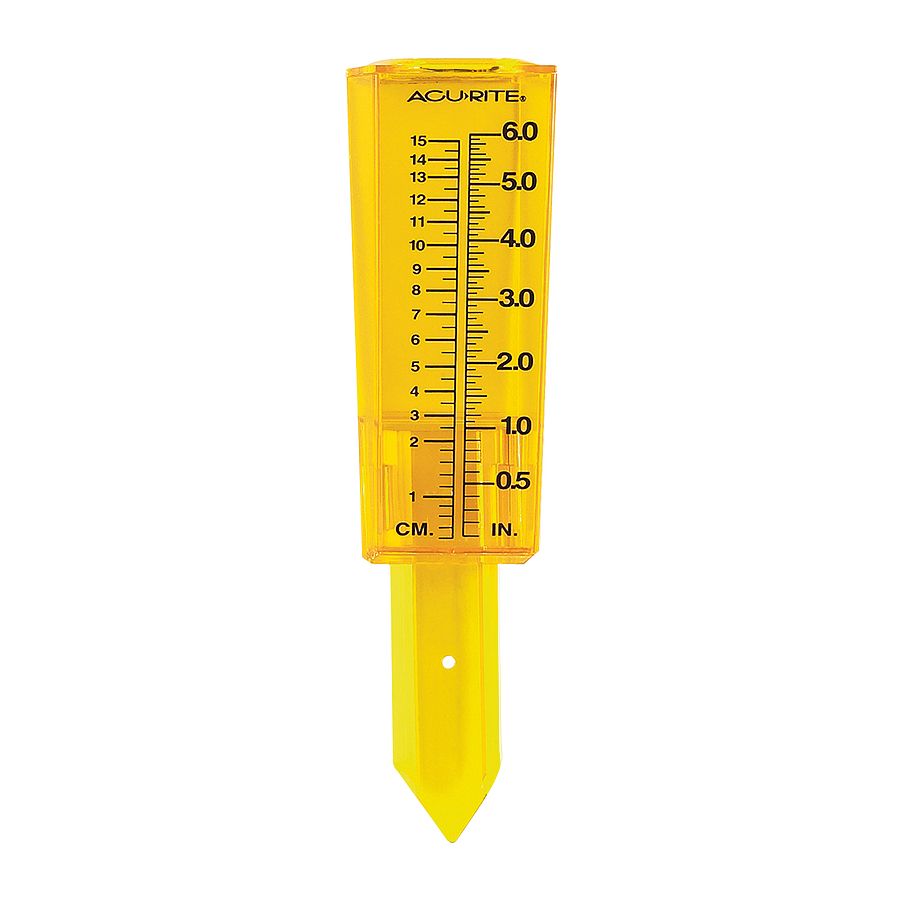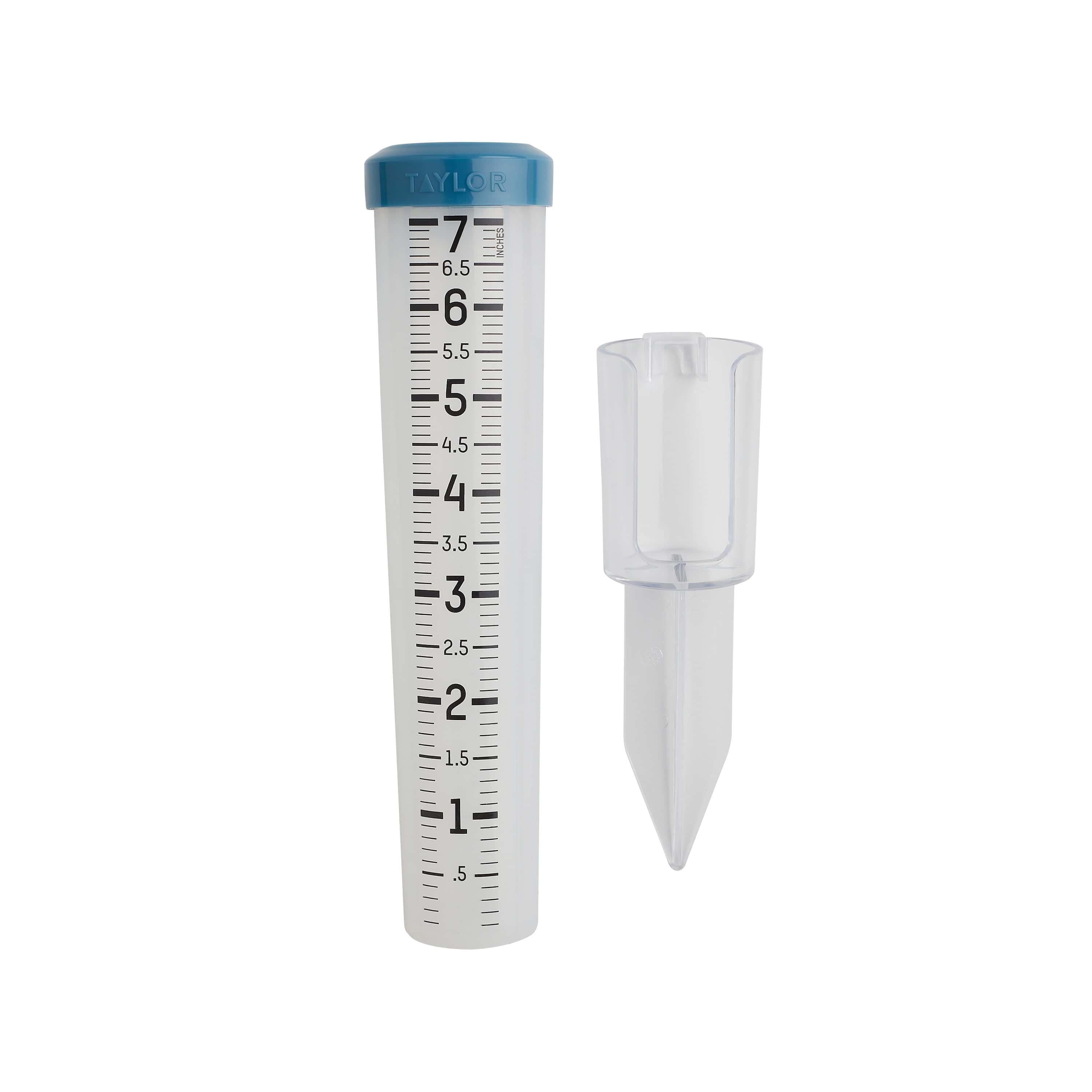The Rain Gauge: A Comprehensive Overview to Accurate Climate Measurement
Wiki Article
The Relevance of Rainfall Gauges in Weather Condition Projecting
Rain evaluates play an important role in weather forecasting by providing exact dimensions of rainfall. These tools, utilized by meteorologists worldwide, are essential devices for forecasting weather patterns and issuing prompt warnings. In general, the relevance of rain determines in weather projecting can not be overemphasized, as they give invaluable data for boosting our understanding of weather patterns and improving the precision of projections.Accurate Precipitation Dimensions
Exact rainfall dimensions are crucial for obtaining trusted data in weather forecasting. Rainfall, such as rainfall, snow, sleet, or hail, plays a significant function in the total weather condition patterns and can greatly impact daily tasks, agriculture, and even transport systems. To precisely predict and understand climate conditions, meteorologists count on precise dimensions of rainfall.Rain assesses are the main tools used to determine the quantity of rains in a certain location. These tools are carefully put in open areas away from any type of obstructions to make certain precise analyses. They include a collection container, usually cylindrical fit, which gathers and determines the quantity of precipitation that falls within a specific timespan.
The precision of rainfall measurements is vital for numerous reasons. Initially, it helps meteorologists figure out the amount of dampness in the ambience, which affects cloud development and succeeding rains or snowfall. This information is important for anticipating serious weather, such as hefty rainstorms or blizzards.

Enhanced Weather Predictions
To boost the precision of weather predictions, meteorologists rely upon constant evaluation of information gathered from rainfall determines. These tools play an essential duty in improving weather condition predictions by offering valuable info regarding precipitation patterns. By determining the quantity of rains at a details place, rain determines aid meteorologists much better understand how climate systems progress and establish.
Rain evaluates are tactically put throughout various regions to record local data concerning precipitation. This data is then made use of to evaluate rainfall patterns, which can help in forecasting future climate condition. By collecting and analyzing information from rain assesses, meteorologists can determine patterns and fads, allowing them to make even more exact forecasts about the timing, strength, and duration of rainfall.

Improved Flooding Warnings
Rain assesses play a crucial function in boosting flood cautions by giving crucial data on rainfall. Floodings are natural disasters that can create significant damages to home and pose a threat to human lives. By accurately determining rainfall, rain determines give valuable info that assists in preparing and anticipating for prospective floods.
Flooding warnings are provided by meteorological companies and regional authorities to alert individuals residing in flood-prone areas to take essential preventative measures. Rain evaluates are an essential component of the flooding warning system as they gauge the amount of rainfall in a details place over a given period. This information is crucial in figuring out the intensity and period of rains, which are vital elements in assessing the risk of flooding.
Along with gauging rainfall, rain assesses likewise give real-time information, making it possible for meteorologists to track the progress of a tornado or weather condition system. This information enables even more accurate flood forecasts and prompt warnings to be released to the public (The Rain Gauge). By keeping an eye on rains patterns and fads, meteorologists can prepare for the chance of flooding and supply breakthrough notice to communities at risk
Additionally, rain gauges aid in boosting and verifying flooding forecasting models. The data accumulated from rain assesses can be utilized to calibrate and fine-tune these versions, causing even more exact predictions and better flood preparedness measures. This ensures that neighborhoods have adequate time to leave, safeguard their belongings, and take necessary precautions to lessen possible damage.
Long-Term Environment Pattern Analysis
Long-lasting climate trend analysis counts on the information accumulated by rain gauges to evaluate adjustments in precipitation patterns over an extended duration. Rainfall gauges play an important duty in supplying accurate and trustworthy information on rains quantities, which is important for recognizing long-lasting climate trends. By measuring the quantity of rainfall at details locations, rain determines aid researchers and meteorologists analyze historic precipitation data and recognize patterns and trends in time.These fads can give important understandings into climate change and its influence on precipitation patterns. For example, long-lasting environment fad evaluation can disclose whether an area is experiencing a rise or lower in rainfall for many years. This information is vital for various sectors, consisting of agriculture, water source monitoring, and urban planning, as it assists in making informed decisions and developing strategies to adjust to changing climate conditions.
Rainfall determines additionally add to the growth and improvement of climate designs. By contrasting the information gathered from rain determines with the outputs of environment models, scientists can confirm the accuracy of these versions and refine their predictions. This iterative process aids enhance the integrity of long-lasting climate forecasts, enabling policymakers and stakeholders to make informed choices to reduce the effects of climate change.
Crucial Devices for Meteorologists
Meteorologists rely upon the accurate data gathered by rainfall evaluates to inform their weather forecasting methods and predictions. Rain evaluates are simply one of the several crucial devices that meteorologists make use of in their work. These tools are important for celebration and examining various weather condition parameters, making it possible check it out for meteorologists to make even more precise and trusted forecasts.One crucial device for meteorologists is the climate radar. Climate radar systems utilize radio waves to find precipitation and determine its area, activity, and strength. This info is important for tracking tornados, determining serious climate condition, and predicting their future courses. Doppler radar, a specialized kind of weather radar, can additionally provide understandings into wind patterns, enabling meteorologists to better understand tornado characteristics.
Another important tool is the climate balloon, additionally called a radiosonde. Weather condition balloons are geared up with tools that determine temperature, moisture, atmospheric pressure, and wind rate and instructions as they rise via the ambience. This data aids meteorologists understand the vertical account of the ambience, which is vital for anticipating weather patterns, specifically in the upper levels.
Satellites play a significant duty in weather forecasting. Weather condition satellites give continuous pictures of the Earth's environment, enabling meteorologists to monitor cloud cover, track tornado systems, and observe different climate Look At This sensations from a global perspective. These pictures help meteorologists determine creating climate patterns, such as tropical tornados and storms, and monitor their climax and motion.
Along with these tools, meteorologists also rely upon computer designs that mimic and predict weather patterns based on mathematical formulas. These models consider various atmospheric variables, such as temperature level, humidity, and wind, to anticipate future climate condition. By using these designs together with the data gathered from rain determines, weather condition radars, climate balloons, and satellites, meteorologists can create more accurate and trusted forecasts, providing beneficial info to the public and aiding to mitigate the impact of serious climate occasions.
Verdict
In final thought, rain assesses play a crucial duty in climate projecting. They offer precise measurements of rainfall, which enhance weather predictions and improve flooding warnings.Overall, the importance of rain determines in climate projecting can not be overemphasized, as they offer very useful information for improving our understanding of climate patterns and enhancing the precision of forecasts.
By integrating rainfall scale data right into weather condition designs, meteorologists can enhance their understanding of how various variables such as topography, wind patterns, and temperature level influence rains distribution.
In enhancement to measuring rains, rainfall gauges additionally supply real-time data, making it possible for meteorologists to track the progression of a storm or weather condition system. Weather satellites offer constant images of the Earth's atmosphere, permitting meteorologists to keep an eye on cloud cover, track the original source storm systems, and observe various weather condition phenomena from an international viewpoint. By making use of these designs in combination with the information gathered from rain gauges, weather condition radars, weather condition balloons, and satellites, meteorologists can generate even more exact and trustworthy forecasts, offering important information to the public and helping to reduce the impact of serious weather events.
Report this wiki page